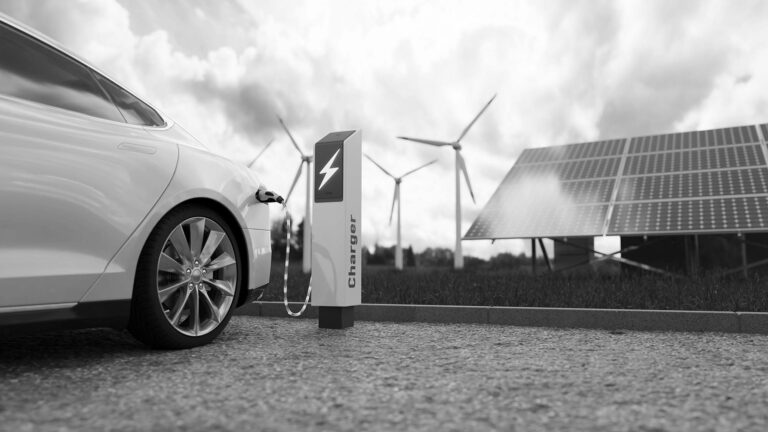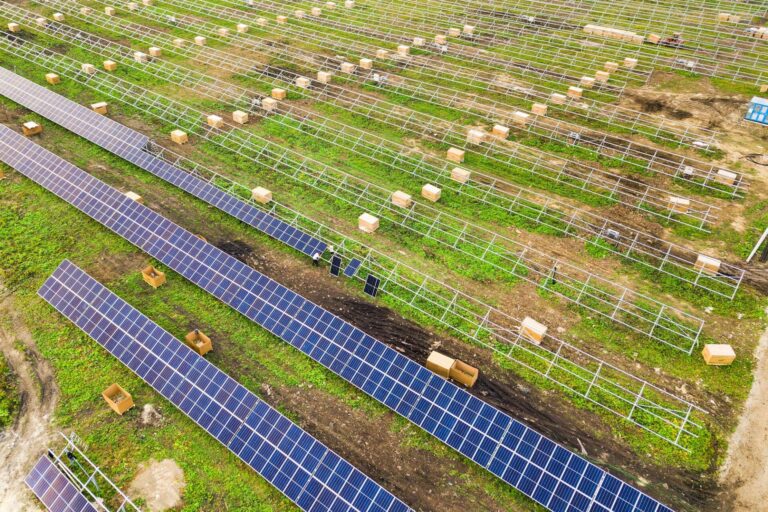The developments across modern society have resulted in a civilization that is unrecognizable in many ways. Notwithstanding the technological advances, transport infrastructure and housing options, there are few things that have revolutionized the planet as much as electricity. The development and generation of this power supply has supported and driven every other forward step that society has taken. Without it, our lives would be unspeakably different in every single way. It is also, however, one of those developments that have become so ubiquitous that we tend to take it for granted. For instance, without the ability to light our paths, roads, and highways, our outdoor living hours would likely be severely reduced with pathways being unsafe to travel by at night. While certain elements of our infrastructure network such as these are seen as untouchable, we are living in a time when every source of energy is coming under increased scrutiny. As commonplace as they may be, that doesn’t mean that we cannot scour our infrastructure lighting for improvements, savings and a more sustainable outlook.
Countries and regions are attempting to strike a balance between infrastructure and energy consumption. It is a delicate game that involves cost, environmental concerns and the ever-present consideration of getting elected. Difficult choices need to be made. Sustainable energy sources are not always readily available and the cost of running and maintaining road, rail and cycle networks can be greater than renewables can cover. Recent research found that one streetlight alone can cost up to $4,000 dollars to install and they have a running cost of around $200 per year. With over fifty million street lights in the U.S. alone, the cost of this network is astronomical. So, when we consider all the facts, we are left with the need to think outside the box and generate ideas that go beyond the status quo. For a number of years, that is precisely what engineers and scientists have been doing. One interesting question being brought up is self-sustaining energy. Basically, what benefit could be harnessed by an infrastructure network that generated its own light, thus negating the need to spend even more valuable energy resources?
In an effort to find innovative solutions, there have been many false steps. Solar and reflective roads have so far proved difficult to implement due to cost and viability. However, one novel technique may hold the key to a more sustainable future. Light-emitting cement is a green construction material that may revolutionize paths, highways and other road networks. Without the need for electricity, this material can light up roads and paths in a novel and staggering way. The cement absorbs solar energy throughout the daytime and, incredibly, radiates light at night. It was created by Dr. Jose Carlos Rubio at Michoacan University of Saint Nicholas of Hidalgo in Mexico and is a combination of sand, alkali, silica, industrial waste, and water. During the manufacturing process, certain additives are added to convert the material to a phosphorescent material which can give off light for up to 12 hours.

As Dr. Rubio explains, while the initial idea came about due to a gap in the market, it was not an easy path to success. “Nine years ago, when I started the project, I realized there was nothing similar worldwide, and so I started to work on it. The main issue was that cement is an opaque body that doesn’t allow the pass of light to its interior.” It was the solving of this particular conundrum that led to the transformative material being created. Typically, cement goes through a process when mixed with water that creates a gel like substance. However, an unwanted by-product of this are crystal flakes. For Dr. Rubio, the elimination of these flakes led to breakthrough. “It starts to become a gel, similar to the one used for hair styling, but much stronger and resistant; at the same time, crystal flakes are formed which make it opaque—these are unwanted sub-products in hardened cement.” By modifying the micro-structure of the material, the crystals were removed which enabled the now completely gel substance to absorb solar energy and re-transmit it as light. After a day in the sun, this cement can emit light for up to 12 hours.
One stumbling block that continuously resurfaces when it comes to new technologies is cost. Often, innovative techniques may simply not tick enough boxes to become viable solutions. Light-emitting cement is created using either sand, dust or clay which improves its sustainability credentials. In fact, the only waste created in the process is water steam. Furthermore, from a cost perspective, the process may be more expensive than traditional cement to produce but it has an estimated lifespan of around 100 years. As a result, it will require far less maintenance and repair than its counterpart. “The raw materials used for this material are silica, river sand, industrial waste, alkali and water. This process can be done at room temperature which includes the polycondensation of raw materials that doesn’t require much energy consumption. The chemical reaction between cement dust and water produces a strong and resistant mixture that looks like a gel along with some unwanted crystal flakes.”

It seems that demand for such a product is high. Viability research is taking place in numerous countries around the world such as Chile, Spain, Argentina and Brazil. The hope is that the evidence will continue to point towards a material that can offset the energy needed to produce it by illuminating roads, pathways, swimming pools, tiled areas and many others. Meanwhile, in the Netherlands, the hugely ambitious Smart Highway has been unveiled. The project is a series of light-emitting technologies that support the lamination and transformation of roads and pathways. “Smart Highway are interactive and sustainable roads designed by Daan Roosegaarde and Heijmans Infrastructure. The goal was to make smart roads by using light, energy and information that interact with the traffic situation. It consists of the projects Electric Priority Lane, Dynamic Paint, Glowing Lines, Interactive Light, Road Printer, and Wind Light. Van Gogh Path shares the same vision, made of thousands of twinkling stones inspired by ‘Starry Night’. The path combines innovation with cultural heritage in the town of Nuenen in the Netherlands, Van Gogh’s place of residence in 1883.”
As we develop new technologies, it is vital that any widescale adoption is research based and viable from both a cost and ecological perspective. Dr. Rubio’s breakthrough in design and production is now building a reputation with effective and aesthetically positive projects around the world. Next time you are in a cycle lane, you might stop to wonder how things could look with the path itself lighting your way. Thankfully, it seems as though we won’t have to wait much longer.


















